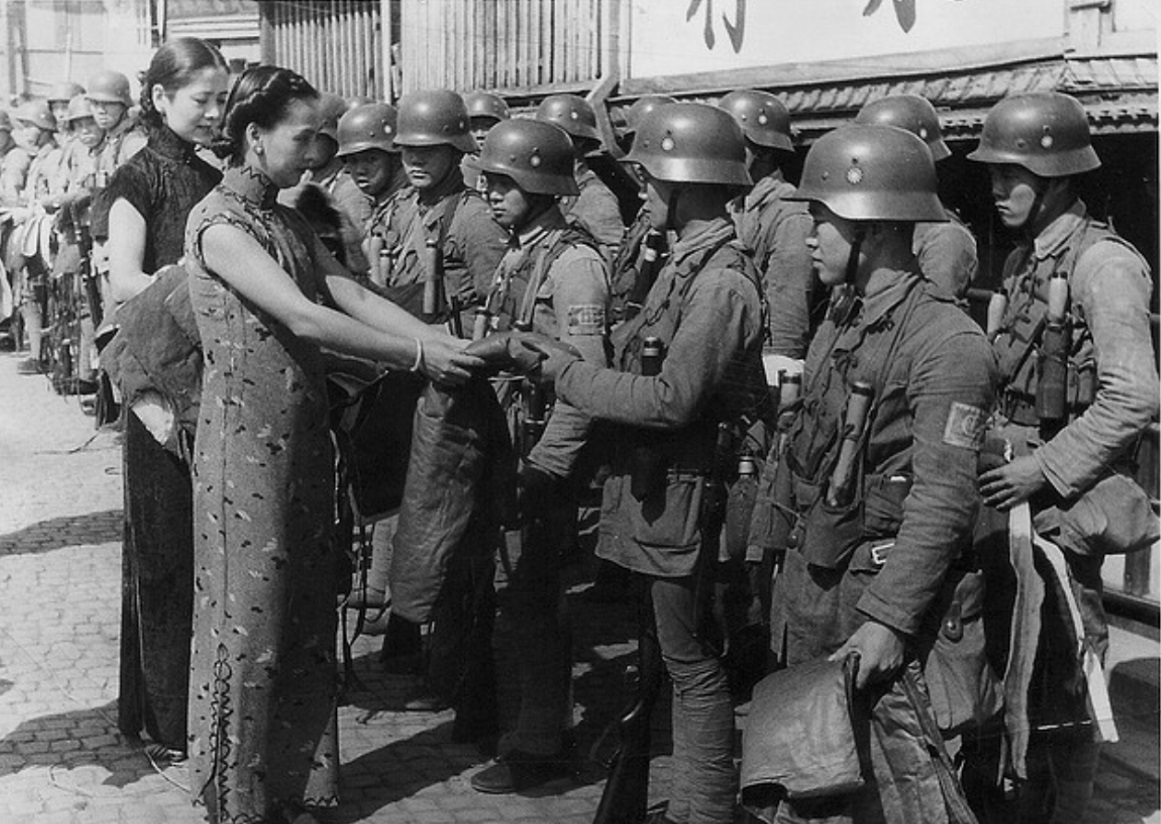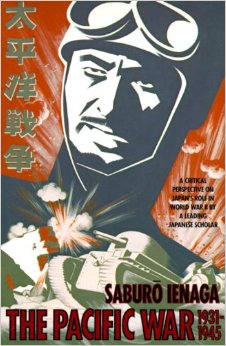China’s 14-Year-Long World War II
- By Peter Harmsen
- 12 January, 2017
- 4 Comments

A full six years have been officially added to the length of World War Two in China. In an announcement earlier this week, the Ministry of Education in Beijing declared that the war lasted from 1931 until 1945, a departure from the previous conventional wisdom, which had the War of Resistance against Japan go on for eight years from 1937 to 1945.
“China became the first country to fight against fascist forces when Japanese troops began their invasion of northeast China on September 18, 1931,” the official Xinhua news agency reported. This refers to the so-called Mukden Incident, in which Japanese troops staged an act of sabotage against a Japanese-owned railway, using it as a pretext to occupy all of China’s vast northeast.
The Chinese government’s decision will mainly have an impact on curricula and textbooks at all levels of the educational system. However, it’s inevitable that a view of history that all young Chinese are exposed to in the classroom will eventually transform into a society-wide consensus reflected in for example books, movies and TV series.
Leaving aside the current political rationale for wanting to extend the period that China faced Japan in the 1930s and 1940s, one could argue that the education ministry does have a point in maintaining that 1931 is a more logical starting point for the Second Sino-Japanese War than 1937.

Some Japanese also assert the war started in 1931
There is little doubt that the Japanese invasion in 1931 of northeast China – what was then known as Manchuria – was an act of international aggression.*) Arguably, it constituted war between two states as much as the wider conflict that erupted in 1937 with hostilities both in north China and further south in the Shanghai area.
True, Manchuria was not part of the original Chinese heartland in the same way that provinces such as Shaanxi and Henan were, but nevertheless, it was unequivocally part of China in 1931, and had been so since the mid-17th century, when Manchu warriors had ridden south, conquered China and established the Qing dynasty – beginning a long process of assimilation that was nearly complete 300 years later.
Once the Japanese invasion of Manchuria was complete in early 1932, and after a brief, derivative battle in Shanghai in the first weeks of that year, hostilities between China and Japan lost intensity, but over the next five years until the Marco Polo Bridge incident there was rarely complete peace between Chinese and Japanese.
Meanwhile, the subjugated people of Manchuria experienced the hardship of foreign occupation in ways that are comparable to the plights of many European nations under Nazi rule ten years later.
The Chinese are not alone in believing that the Sino-Japanese conflict really started in 1931. Many Japanese agree. One of the expressions in Japanese for the Pacific War is Jugonen senso, or The Fifteen-Year War.
One of the classic history works about the conflict seen from a Japanese perspective, by Saburo Ienaga, is also called The Pacific War 1931-1945.
Is this the same, then, as saying that World War Two started in 1931? Clearly that would be a stretch. But not a much worse stretch than saying it began on September 1, 1939, with Germany’s invasion of Poland. Perhaps the entry into the conflict of France and Great Britain, along with their global colonial empires, on September 3, 1939, made it seem more of a world war. But it didn’t truly become a global war until 1941, when first the Soviet Union and then the United States were dragged into the conflict.
In short, while it’s clear that World War Two ended in 1945 with the total collapse of the two main Axis powers Germany and Japan, the beginning of the conflict is far less certain, and complete agreement among the historians is unlikely to ever be achieved.
*) The argument has been made eloquently in The Wars for Asia 1911-1949, an eminent work of historical synthesis by S. C. M. Paine, pp. 123-125.



 Copyright © 2025
Copyright © 2025
What an interesting photo! Here’s a Chinese woman from the upper levels of society, attended by her lady-in-waiting, passing out comfort gear to soldiers, presumably from the 88th Division by their German helmets, most of whom will be sacrificed in the 1937 Battle of Shanghai. Where was the Chinese Army logistics service? Was a photographer conveniently passing by? As someone who was a refugee from Shanghai to Hong Kong in 1937, but whose memories date only to WWII, I am fascinated by the insights offered by the postings to this website. Keep up the good work, Peter Harmsen!
I don’t agree with Communist China’s claim that the war started in 1931.
Even the Lytton Commission concluded that Manchuria should be independent, and no “Chinese” government had controlled Manchuria for a long time. Even when the ruling warlord aligned himself with the central/main Chinese government, he felt free to disregard edicts he did not like and also maintained his own armed force.
The more I read about pre-1937 China, the more I doubt that one can say there was a genuine country of “China.” There was no central government that could maintain law and order and economic stability in the territory called “China.”
China has never been a country, it has always been a civilization, this is something foreigners tend not to understand well.
It is only fitting for the government of China to make the adjustment:
Organized guerilla resistance against Japanese occupation waged by the soldiers and civilians in Dongbei (“Manchuria”) lasted into 1940. The wider resistance was referred as “Northeast Resist-Japanese Volunteers” (东北抗日义勇军), at peak time the movement had over 300,000 men and women in their ranks, they came from various backgrounds, some were even bandits. The Japanese and their puppet regime conducted brutal anti-guerilla campaigns against them, and through both military means and political intrigues, they managed to eliminate most of the organized resistance by 1940. The resistance fighters, including the communists were virtually on their own, they received minimal to no material support from neither KMT or CCP central in Yan’an. The Chinese communists managed to unite the main different factions and formed “Northeast Resist-Japanese Coalition”(东北抗日联军) in 1936, they fought hard but eventually got worn out, only a few hundred surviving communists were able to retreat into Soviet Union in 1940.
Aside from the resistance in Dongbei, battles were fought in Shanghai, Hebei-Inner Mongolia, around the Great Wall and Suiyuan from 1931-1936. The War of Resistance was truly the founding of modern Chinese nation, it instilled the sense of “what does it mean to be a Chinese” into the ancient civilization.